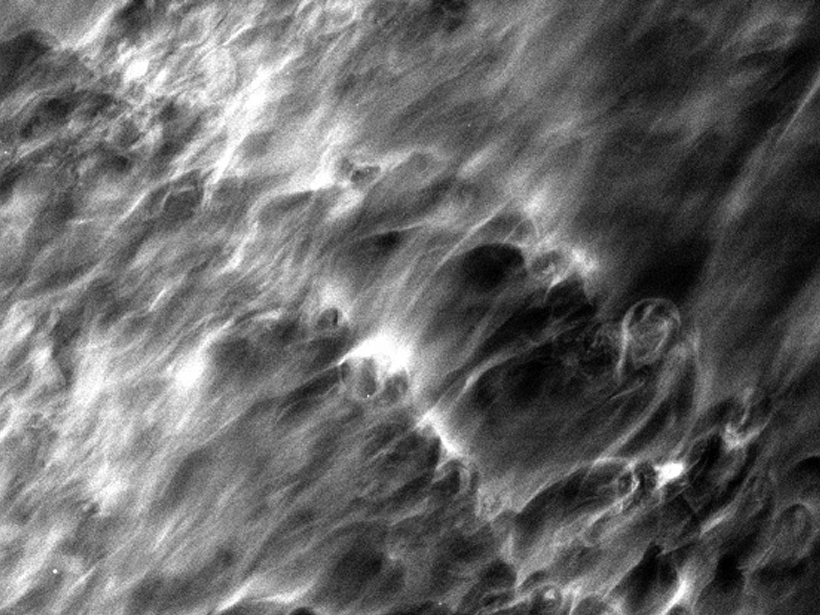Source: Geophysical Research Letters
Earth’s weather and climate depend on a range of complex processes extending from global-scale mean structures, tides, and planetary waves to turbulence at spatial scales of meters or less. Gravity waves at intermediate horizontal scales, typically tens to hundreds of kilometers, play central roles in energy and momentum transfer throughout the atmosphere, oceans, and lakes.
Instabilities and turbulence at smaller scales play key roles in transferring gravity wave energy and momentum from Earth’s surface into the thermosphere above approximately 100 kilometers. These complex multiscale gravity wave, instability, and turbulence dynamics are poorly understood, largely because of very sparse quantitative observations.
At present, descriptions of these dynamics in weather and climate models are very crude because of our limited understanding of these dynamics and an absence of quantitative global gravity wave measurements at horizontal scales less than about 100–200 kilometers. Thus, weather and climate forecasts are much more uncertain than if these influential multiscale dynamics were adequately represented.
As part of the E and B Experiment, a cosmology experiment to observe signatures from the big bang, imaging instruments were flown on board a stratospheric balloon at approximately 35 kilometers altitude. These instruments serendipitously captured images of polar mesospheric clouds (PMCs), which include ice clouds that form at approximately 80- to 85-kilometer altitudes in the summer polar mesosphere. PMCs form when gravity waves influence the global-scale circulation and thermal structure at these altitudes.
The images yielded exceptional resolution of thin PMC layers (features as small as ~20 meters) that enabled Miller et al. to identify small-scale gravity wave, instability, and turbulence dynamics at even the smallest scales of turbulence at these altitudes.
By combining the PMC observations with high-resolution modeling, the scientists were able to demonstrate predicted instability pathways to turbulence that will advance our understanding of these dynamics and contribute to improvements in their descriptions in weather and climate models.
The new images complement results from the Cloud Imaging and Particle Size instrument on the Aeronomy of Ice in the Mesosphere satellite and will help clarify the broader roles of gravity waves extending to larger spatial scales. The study is a significant step toward gaining a better understanding of multiscale processes throughout the atmosphere and building a more complete picture of the role of gravity waves in Earth’s weather and climate. (Geophysical Research Letters, doi:10.1002/2015GL064758, 2015)
—Lily Strelich, Freelance Writer
Citation: Strelich, L. (2015), Imagers seek big bang signatures, also find gravity wave effects, Eos, 96, doi:10.1029/2015EO038803. Published on 5 November 2015.
Text © 2015. The authors. CC BY-NC 3.0
Except where otherwise noted, images are subject to copyright. Any reuse without express permission from the copyright owner is prohibited.

